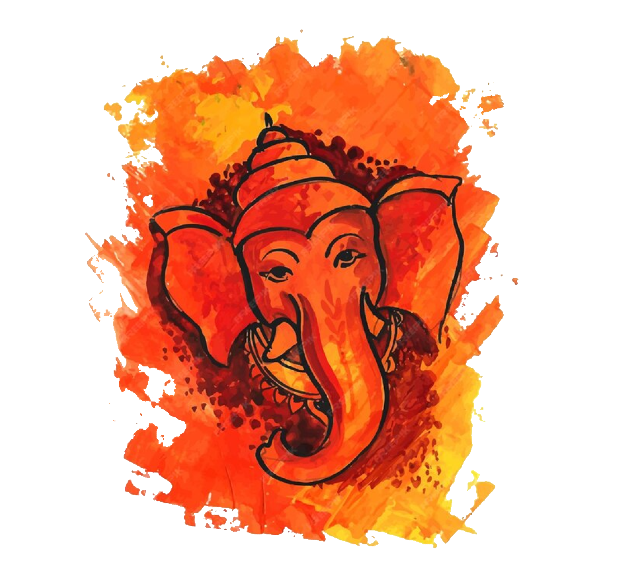
The Dispeller of Troubles
Sankatahara Ganapati
Find Relief from Life’s Challenges and Sorrows with Ganesha’s Divine Blessings
Heading for Article :-
Sankatahara Ganapati – The Dispeller of Troubles
Introduction :
Sankatahara Ganapati, the thirty-second and final form among the 32 forms of Lord Ganapati, is revered as the supreme eliminator of problems and sorrows. The name “Sankatahara” signifies Lord Ganesha’s divine role in banishing all the difficulties and obstacles faced by his devotees. This radiant red-hued form of Ganapati has four arms and is often depicted with his consort, Goddess Shakti, seated on his left lap.
Appearance and Attributes :
Radiant Red Color: Sankatahara Ganapati’s body shines with the brilliant red glow of the rising sun, symbolizing his auspicious and powerful nature.
Consort Goddess Shakti: Goddess Shakti, portrayed as a beautiful and bejeweled deity, is seated on his left lap. Her presence accentuates the harmonious and nurturing aspect of the divine.
Four Arms: He is depicted with four divine arms, each holding specific attributes, which represent his ability to dispel troubles and sorrows.
Ankush (Hook) and Varada Mudra: In one of his right hands, Sankatahara Ganapati carries an ankush, a tool used for guidance and control. With the other right hand, he extends the boon-granting varada mudra, signifying the fulfillment of devotees’ wishes.
Noose and Vessel of Sweet Soup (Payasam): In one of his left hands, he holds a noose, symbolizing the ability to restrain worldly attachments. In the other left hand, he carries a vessel filled with sweet soup (Payasam), a symbol of divine nourishment and blessings.
Seated on a Red Lotus: Sankatahara Ganapati is often seated on a red lotus, representing purity and transcendence.
Blue Robe: He is adorned with a blue robe, signifying tranquility and the divine presence.
Alternate Attributes :
In another version, Sankatahara Ganapati may be depicted with the attributes of a broken tusk and a rose-apple fruit instead of the varada mudra and the vessel of Payasam.
Worship and Significance :
Devotees turn to Sankatahara Ganapati for the removal of problems, sorrows, and obstacles from their lives. This form symbolizes the completion of the journey to overcome difficulties, with the blessings of Lord Ganesha, before embarking on any endeavor.
Dhyana Mantra :
The Sankatahara Ganapati Dhyana Mantra is recited in devotion:
“balarkarunakamtirvame balam vahannamke
lasadimdivarahastam
gauramgim ratnashobhadhyam
dakshemkushavaradanam
vamepashamcapayasampatram
nilamshukalasamanah
pithe padmarune tishthan
samkataharanah payatsamkatapugedgajanano nityam”
It is believed that worshiping Sankatahara Ganapati leads to the elimination of sorrows and the attainment of prosperity and success in life. Devotees invoke his blessings to seek guidance and assurance on their path to fulfillment and happiness.
Conclusion :
While there are no specific temples dedicated exclusively to Sankatahara Ganapati, his form is an integral part of the 32 forms of Lord Ganapati that are celebrated in various places of worship. As the dispeller of troubles, Sankatahara Ganapati signifies the culmination of the spiritual journey, where devotees can overcome adversities and embrace a life of joy and accomplishment.
Editor – Kaalchakra Team
[ Note – Before Concluding anything as a Finale, Please Go through Original Scriptures of Vaidik Literature Written in Sanskrit and Also with Meaning of That time of Language. Because English is a Limited language to Explaining the Deeper Knowledge of Vaidik Kaal. ]
